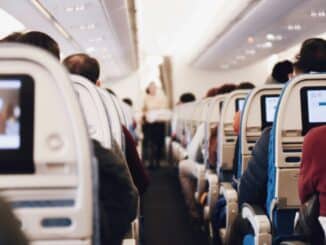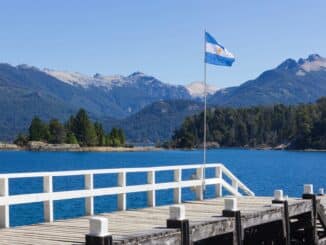
Women / Solo Travellers
Travel advice and features for women and solo travellers often get grouped together, not because they necessarily go together, but because many of the safety concerns that can affect both groups are often linked, so […]

Travel advice and features for women and solo travellers often get grouped together, not because they necessarily go together, but because many of the safety concerns that can affect both groups are often linked, so […]

Travel Dresses When someone is choosing what dresses to take with them when travelling, there are several factors to consider, including: Comfort: Look for dresses made from soft, breathable fabrics that provide comfort during long […]

Travel Insurance Claims Most people don’t really read their travel insurance policy until they need to make a claim on it, and then it can often present one or two nasty surprises. People get very […]

Travel Insurance for Argentina Travel Insurance is always recommended for countries such as Argentina, but is not in any way mandatory. Travel insurance can provide coverage for various unexpected events, such as medical emergencies, trip […]

Travel Bingo Travel Bingo is a game that adds an element of fun and engagement to long car rides or journeys. It’s a variation of traditional bingo that is adapted for travel. The game typically […]
Copyright © 2024 | MH Magazine WordPress Theme by MH Themes